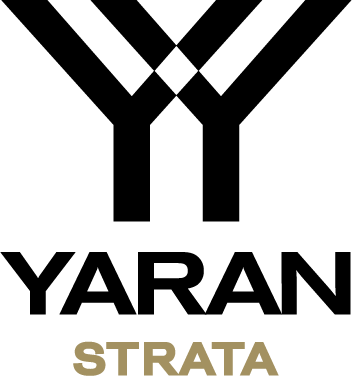Strata living offers a unique communal lifestyle coupled with the benefits of individual property ownership. However, navigating the complexities of strata schemes can sometimes feel like deciphering an intricate puzzle. A crucial piece of this puzzle lies in understanding the difference between common property and private lots. This distinction not only affects your daily life but also influences your responsibilities and rights within the strata scheme.
The Essence of Strata Schemes
At its core, a strata scheme divides property into individual units (private lots) that people can own separately, alongside common property which is shared among all lot owners. This setup is prevalent in apartment buildings, townhouses, and commercial complexes, where it fosters a sense of community while ensuring individual ownership.
Private Lots: Your Personal Domain
A private lot is essentially the part of the strata scheme that you own exclusively. This typically includes the interior of your apartment or townhouse, marked by the walls, floor, and ceiling. The boundaries of your lot are detailed in the strata plan, which is crucial for identifying which parts of the property are yours to alter, renovate, or repair.
Understanding the boundaries of your lot is vital because it delineates your responsibilities for maintenance and insurance. Any modifications within your lot usually require approval from the strata committee, emphasizing the importance of knowing these limits.
Common Property: Shared Responsibilities and Benefits
Common property refers to areas and facilities within the strata scheme that are not part of any private lot. This includes gardens, driveways, lifts, hallways, and amenities like swimming pools and gyms. The maintenance and insurance of these areas are collectively shared among all lot owners through strata levies.
The concept of common property extends beyond physical spaces. It encompasses the building’s exterior, roof, and foundational structures, making every owner collectively responsible for their upkeep. This shared responsibility ensures that common property remains in good condition, benefiting all residents and potentially enhancing property values.

Why the Distinction Matters
Understanding the difference between common property and private lots is paramount for several reasons:
- Maintenance and Repairs: Knowing who is responsible for various maintenance and repair tasks can prevent disputes and ensure that issues are addressed promptly.
- Renovations and Alterations: Clarity about what constitutes your lot helps in planning renovations that comply with strata laws and by-laws, avoiding potential conflicts with the strata committee.
- Insurance: Both the strata corporation and individual lot owners need to have appropriate insurance coverages. Distinguishing between private lots and common property clarifies which insurance policy covers potential damages.
- Property Value: Effective management of both private and common properties contributes to the overall appeal and value of the strata scheme.
Conclusion
The distinction between common property and private lots is fundamental to strata living, influencing your rights, responsibilities, and the overall harmony of the strata community. As a professional in strata management, understanding and respecting this distinction ensures a smoother, more enjoyable strata living experience. Whether you’re a new buyer contemplating the strata lifestyle or a current owner looking to renovate, grasping the essence of this distinction can significantly impact your strata journey.
